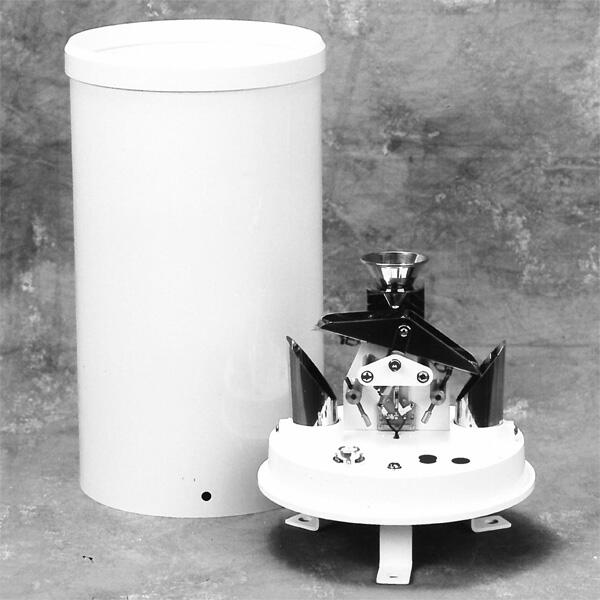
# Rain Gauge: A Comprehensive Overview of Its Design and Functionality
## Introduction to Rain Gauges
A rain gauge is a meteorological instrument used to measure the amount of liquid precipitation over a set period of time. These devices play a crucial role in weather monitoring, agriculture, hydrology, and climate research. By providing accurate rainfall measurements, rain gauges help scientists and farmers make informed decisions about water resources and crop management.
## Types of Rain Gauges
### Standard Rain Gauge
The standard rain gauge, also known as the manual rain gauge, consists of a funnel that collects precipitation and directs it into a measuring tube. This simple design allows for precise measurement of rainfall amounts.
### Tipping Bucket Rain Gauge
This electronic rain gauge features a small bucket that tips when it fills with a specific amount of rainwater. Each tip is recorded electronically, providing real-time data about rainfall intensity and accumulation.
### Weighing Rain Gauge
A weighing rain gauge measures precipitation by weighing the collected water. This type can measure all forms of precipitation, including snow, by melting the collected frozen precipitation.
## Key Components of a Rain Gauge
While designs vary, most rain gauges share several fundamental components:
- Collection funnel – Gathers precipitation and directs it to the measuring mechanism
- Measuring cylinder – Holds and measures the collected precipitation
- Base – Provides stability and often includes mounting options
- Recording mechanism – Present in automated models to track precipitation over time
## How Rain Gauges Work
The basic principle behind rain gauge operation is straightforward. Precipitation falls into the collection area, where it’s funneled into a measuring device. The amount is then recorded either manually by an observer or automatically by electronic sensors.
For accurate measurements, rain gauges must be:
- Placed in an open area away from obstructions
- Positioned at a standard height above ground (typically 30 cm)
- Leveled properly to ensure accurate collection
## Importance of Proper Installation
Location Considerations
Proper installation is critical for obtaining accurate rainfall measurements. The gauge should be placed:
- At least twice as far from any obstruction as the obstruction’s height
- On a flat, level surface
- Away from buildings, trees, and other potential sources of interference
Maintenance Requirements
Regular maintenance ensures continued accuracy:
- Clean the funnel and measuring cylinder periodically
- Check for and remove any debris or obstructions
- Inspect for damage or wear, especially after severe weather events
## Applications of Rain Gauge Data
Rainfall measurements serve numerous important purposes:
- Weather forecasting – Helps meteorologists predict future weather patterns
- Agriculture – Assists farmers in irrigation planning and crop management
- Flood warning systems – Provides critical data for flood prediction and prevention
- Climate research – Contributes to long-term climate pattern analysis
## Advancements in Rain Gauge Technology
Modern rain gauges incorporate various technological improvements:
- Wireless data transmission for remote monitoring
- Integration with
Keyword: rain gauge description